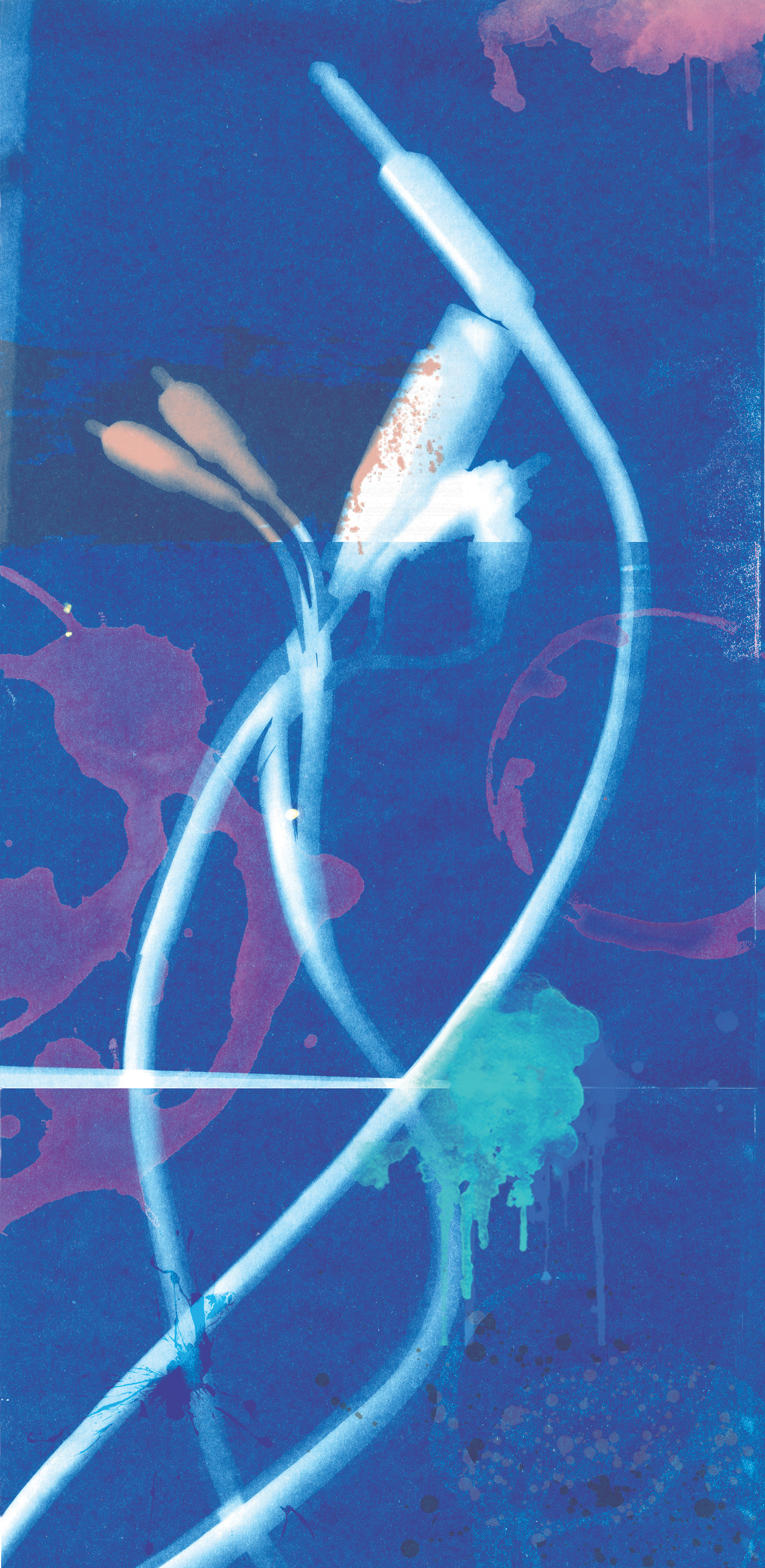Recently, a reader asked me to recommend a cable tester, and that got me thinking about what would be appropriate for today’s needs — with networked audio being as ubiquitous as traditional interconnection schemes. There are $1,000+ analyzers available that will qualify twisted-pair network wiring for the bandwidth, noise, and crosstalk requirements of Cat 3–8 variants, but these tools are overkill, unless you’re a professional installer. Instead, I get by with the simple Trendnet TC-NT3 VDV & USB Cable Tester trendnet.com that I purchased for $64. There are lower-cost RJ45-only testers available in the $30 range, but I chose this one because it also works with USB cables (up to USB 3.0). It’s made up of two main components — transmitter and remote terminator — that you attach or separate as needed. Once you connect the cable you are checking to both components, Quick Test mode scans for continuity across pins, identifies standard pinouts, and confirms pass/fail. Learn mode allows you to first set up the tester for a non-standard pinout configuration using a known good cable, and subsequently test other cables for the same configuration. Auto Scan mode sequentially illuminates LEDs corresponding to the pin numbers, clearly showing which pins on one end of the cable go to which pins on the other. Step mode does the same but allows you to manually step from one pin to the next — very useful for diagnosing cross-wirings. Scan and Step modes also check the continuity of the cable shield, which is important for some pieces of audio gear that require shielded twisted-pair. Note that all of the LED indicators are on the transmitter, so you can attach the remote terminator at the far end of a cable and leave it be, while you proceed with the test from the transmitter. There’s also a Blink Hub mode for checking if there’s an active network device on the other end of the cable, but be careful, because the presence of PoE (Power over Ethernet) or a telephone line will fry the TC-NT3. Blink Hub mode also allows you to use a tone tracer (not included) to track down the far end of a cable. I also own the $140 dbx CT3 Advanced Cable Tester dbx.com, which is a simple but beefy two-component continuity tester for many types of studio wiring. It handles XLR, 1/4’’ TRS/TS, 3.5 mm, RCA, 5-pin DIN (MIDI), XLR5 (DMX512), and speakON, as well as RJ11 (telephone) and RJ45 (Ethernet). The two components can be attached together onto an included tray using twist-nuts, or you can separate the transmitter and receiver. Unfortunately, there’s nothing “advanced” about this tester, so you’ll need a second set of eyes if you’re using the transmitter/receiver units in different rooms, so that the two of you can verify if the pinout LEDs on the transmitter match the corresponding LEDs on the receiver. Also exasperating is the lack of a manual step mode. There’s a pot for changing the pin-sequencing speed, but trying to identify cross-wired pins can be difficult, even if the sequence is slowed down — especially if you’re two people with transmitter and receiver in different rooms. Another problem is that the male/female XLR5 jacks are on the wrong sides of the transmitter/receiver pair if you want to test audio cables (versus DMX512 lighting controller interconnects). I opened up the units and swapped the XLR5 jacks, so now I can test if an XLR5 stereo mic cable terminates properly to XLR3 connectors. Note that the CT3 can’t test the shield of shielded network cables, and it can’t do TT patchbay cables, but long-frame MT patchbay cables work fine in the CT3’s 1/4’’ jacks. An onboard 1 kHz tone generator is super-convenient for testing headphones. –AH

